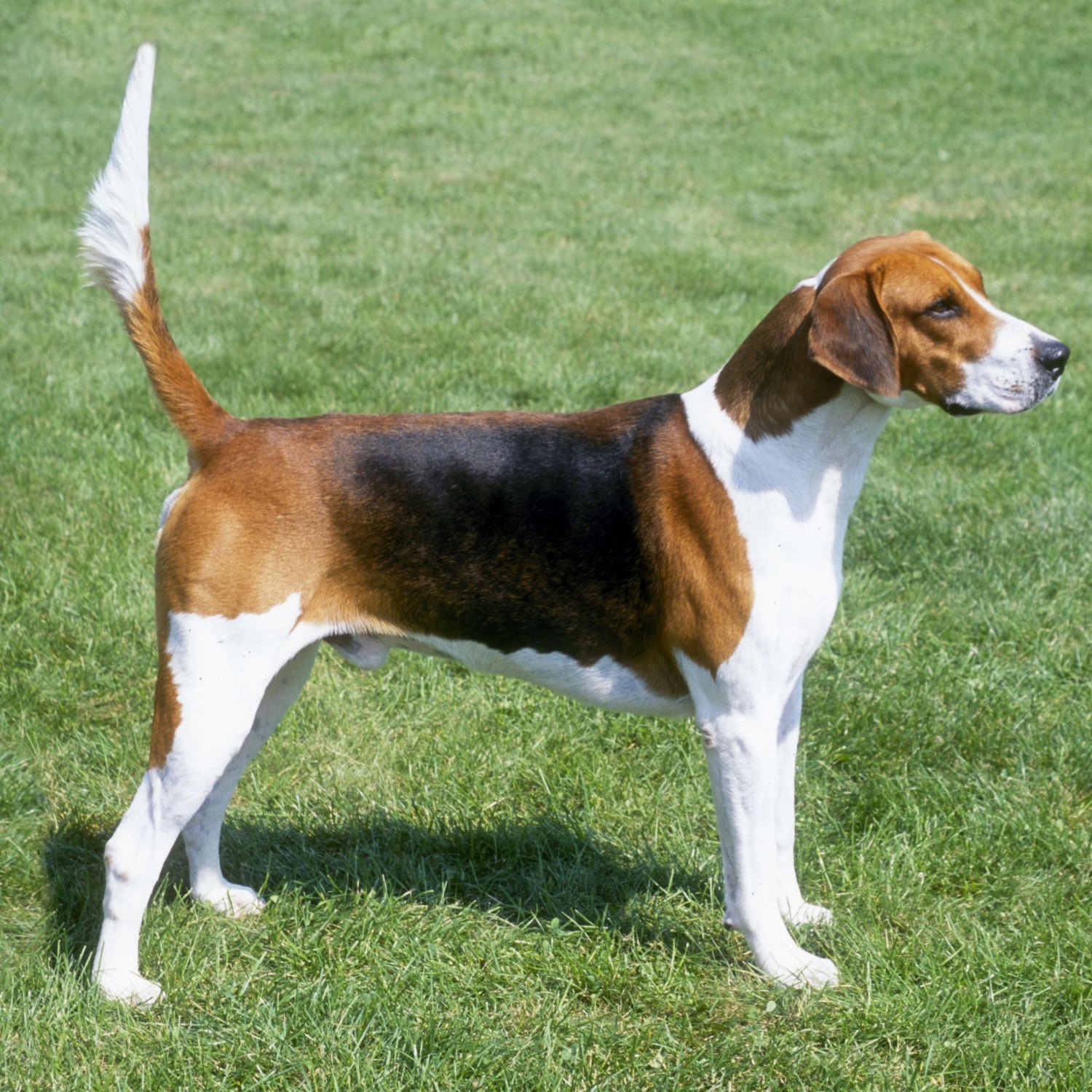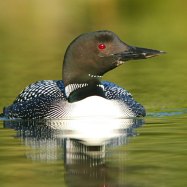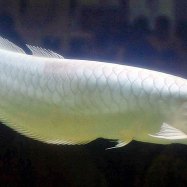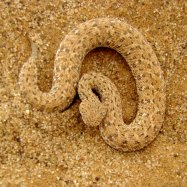
English Foxhound
22 to 25 inches
The English Foxhound is a popular breed known for its athleticism and muscular body shape. Originating from England, this medium-sized dog stands at 22 to 25 inches and belongs to the Canidae family. They are commonly found in the United States as well, making them a beloved pet worldwide. #EnglishFoxhound #Canidae #AthleticDog
Animal Details Summary:
Common Name: English Foxhound
Kingdom: Animalia
Habitat: Woodlands, forests, and countryside
The Majestic English Foxhound: A Champion of the Countryside
England is a country known for its rolling hills, picturesque countryside, and rich history. But beyond its famous landmarks and bustling cities, lies a hidden gem – the English Foxhound. This medium-sized, athletic, and muscular canine is a beloved breed that has captured the hearts of many with its captivating and endearing personality. With its striking features and impressive abilities, the English Foxhound has earned its rightful place as one of the most iconic and sought-after dogs in the world English Foxhound.Let us delve deeper into the world of the English Foxhound and discover what makes this breed so unique and special.
The Origins of the English Foxhound
No one knows for sure when or how the English Foxhound came into existence. Some historians believe that the breed is a product of crossbreeding between Old Southern Hounds, a breed that is now extinct, and various other hounds like the Greyhound, Bloodhound, and the Talbot Hound. Others attest that the English Foxhound may have been developed by English monks who wanted a breed that could assist them in hunting.Regardless of its origins, one thing is for sure – the English Foxhound was bred in England, and this is where its journey begins.
The Features of the English Foxhound
A quick glance at the English Foxhound, and one can't help but be struck by its majestic appearance. With a medium-sized stature, athletic build, and muscular frame, this breed exudes strength and power. Its slender, yet robust body is perfectly suited for running and tracking prey, making it an ideal hunting companion.The English Foxhound's coat is also a sight to behold English Bulldog. With various coat colors like tri-color and bi-color combinations, there is no surprise why this breed is often described as beautiful and elegant. Its coat is short, dense, and weather-resistant, providing the English Foxhound with protection and insulation in different terrains and climates.
The Habitat and Distribution of the English Foxhound
As its name suggests, the English Foxhound is native to England. However, this breed can also be found in other parts of Europe and the United States. Its versatile nature and adaptable characteristics make the English Foxhound well suited to various environments.The English Foxhound thrives in woodlands, forests, and countryside settings, where it can use its exceptional tracking and hunting skills. In these habitats, the breed can unleash its predatory instincts and fulfill its natural role as a carnivore.
The Feeding Habits of the English Foxhound
Being a carnivorous animal, the English Foxhound primarily feeds on meat. Its hunting abilities, combined with its agile and athletic body, make it well-equipped to take down prey. However, as a domesticated dog, the English Foxhound's diet mostly consists of commercial dog food. It is essential to ensure that its diet is balanced and meets its nutritional needs to maintain its health and wellbeing.The Intelligence and Temperament of the English Foxhound
Many dog owners often consider intelligence and temperament as crucial factors when choosing a breed. In this aspect, the English Foxhound will not disappoint. This breed is known for its intelligence, alertness, and ability to follow instructions. Its sharp instincts, coupled with its eagerness to learn, make it highly trainable.But beyond its mental capabilities, what makes the English Foxhound truly special is its temperament. This breed is gentle, loving, and affectionate towards its family and makes excellent family pets. Its friendly and outgoing nature also makes it an ideal companion for children and other pets. However, as a hunting dog, the English Foxhound may display high energy levels and require regular exercise and mental stimulation to keep it content and happy.
The English Foxhound in Society
The English Foxhound is more than just a hunting dog. This breed has left its pawprints in various aspects of society. In England, the breed has been depicted in various forms of art, including paintings and sculptures, highlighting its significance and importance within the country's culture.Furthermore, the English Foxhound has also been used in the development of other breeds, such as the American Foxhound and the Harrier. This further demonstrates the breed's versatility and impact in the world of dogs.
The Future of the English Foxhound
Despite its popularity and recognition, the English Foxhound has faced challenges in recent years. Conservation efforts have led to a decrease in hunting activities in England, causing a decline in the demand for this breed. As a result, the English Foxhound has been listed as a vulnerable breed by the Kennel Club of England.However, hope is not lost for the English Foxhound. This breed has found its way into the hearts and homes of dog lovers around the world, and its popularity continues to grow. With more people becoming aware of its charms and unique characteristics, the future looks bright for the English Foxhound.
In Conclusion
As we come to the end of our exploration of the English Foxhound, it is evident that this breed is more than just a hunting dog. It is a beautiful, intelligent, and devoted creature that embodies the spirit of England and has captured the hearts of many. The English Foxhound is a true champion of the countryside, and its legacy will continue to thrive for generations to come. Whether as a hunting companion or a beloved family pet, the English Foxhound will always hold a special place in the hearts of dog lovers everywhere.

English Foxhound
Animal Details English Foxhound - Scientific Name: Vulpes vulpes
- Category: Animals E
- Scientific Name: Vulpes vulpes
- Common Name: English Foxhound
- Kingdom: Animalia
- Phylum: Chordata
- Class: Mammalia
- Order: Carnivora
- Family: Canidae
- Habitat: Woodlands, forests, and countryside
- Feeding Method: Carnivorous
- Geographical Distribution: Europe, United States
- Country of Origin: England
- Location: England, United States
- Animal Coloration: Various coat colors including tri-color and bi-color combinations
- Body Shape: Medium-sized, athletic and muscular
- Length: 22 to 25 inches

English Foxhound
- Adult Size: Medium to large
- Average Lifespan: 11 to 13 years
- Reproduction: Sexual
- Reproductive Behavior: Mating season in late winter to early spring
- Sound or Call: Baying and howling
- Migration Pattern: Non-migratory
- Social Groups: Pack
- Behavior: Friendly, sociable, and energetic
- Threats: Hunting accidents, disease, traffic accidents
- Conservation Status: Not Evaluated
- Impact on Ecosystem: Plays a role in controlling rodent populations
- Human Use: Hunting, companionship
- Distinctive Features: Large, floppy ears and a strong sense of smell
- Interesting Facts: English Foxhounds are known for their exceptional endurance and sense of smell, which makes them great hunting companions.
- Predator: No natural predators

Vulpes vulpes
The Noble and Endearing English Foxhound: A Versatile and Loyal Companion
When you think of a hound, you might immediately picture a large, floppy-eared dog running in a pack, baying and howling as they chase after their prey. This image is not far off when it comes to the English Foxhound, a breed that has been valued for its hunting abilities for centuries. But this medium to large-sized dog is much more than just a skilled hunter. With its friendly demeanor and unwavering loyalty, the English Foxhound has captured the hearts of many and continues to be a beloved breed globally PeaceOfAnimals.Com.Originating in England, the English Foxhound was first bred in the 16th century for the specific purpose of fox hunting. These dogs were a cross between various hound breeds, such as the Greyhound, the Bloodhound, and the Talbot Hound. This resulted in a strong, swift, and determined dog, equipped with exceptional endurance and sense of smell. Over time, the breed evolved and specialized for its purpose, resulting in the distinct features that we see today.
As an adult, the English Foxhound typically reaches a medium to large size, with males standing at around 22-25 inches tall and weighing between 65-75 pounds, while females are slightly smaller, standing at 21-24 inches with a weight of 60-70 pounds. Despite their sturdy and muscular build, these dogs have a gentle and sociable nature, making them great companions for households of all kinds.
One of the unique aspects of the English Foxhound is its distinctive call. Known for baying and howling, these dogs can be quite vocal, especially when in pursuit of their prey. This loud and melodic sound has been used by hunters for centuries as a way to communicate with their pack and keep track of their whereabouts while hunting Eastern Turkey. But don't let their vocal nature fool you - these dogs are also known for their friendly and sociable behavior.
Due to their pack mentality, English Foxhounds thrive in social groups. They are highly sociable with humans and other dogs, making them great pets for multi-dog households. Their energetic and playful nature also makes them great companions for active families and individuals, as they require plenty of physical and mental stimulation to stay happy and healthy.
As for their reproductive behavior, English Foxhounds typically mate during the late winter to early spring, when food is abundant and weather conditions are suitable. Like most dogs, they reproduce sexually, with a gestation period of around 63 days. Litters can vary in size, but typically range from 5-7 puppies. These puppies are known to be energetic and mischievous, but with proper training and socialization, they make great additions to any family.
In terms of their migration pattern, English Foxhounds are non-migratory animals. This means that they do not actively migrate or move in search of resources or for breeding purposes. However, they are well-known for their ability to track and follow scents over long distances, making them excellent trackers and hunters.
While these dogs may seem invincible, they are not immune to threats and dangers. Hunting accidents, such as getting lost or injured during a hunt, are a significant risk for English Foxhounds. Similarly, they can also fall victim to diseases and traffic accidents, as they are often seen running alongside their owners' horses during fox hunts. It's crucial for owners to take necessary precautions and ensure the safety of their loyal companions.
Despite these risks, English Foxhounds have not been evaluated for their conservation status and are considered a breed that is in good standing. They are not endangered or threatened, and their population numbers remain stable. However, these dogs do play an important role in their ecosystem.
Due to their natural hunting abilities, English Foxhounds have been used to control rodent populations for centuries. This may not seem like a significant contribution to the environment, but rodent overpopulation can have a significant impact on crops, land, and other wildlife. English Foxhounds help to keep these populations in check, contributing positively to their ecosystem.
Humans and English Foxhounds have a long history together, with the breed being used for hunting purposes for centuries. However, they are also highly valued for their companionship. Their friendly and loyal nature makes them excellent family pets, and their energetic and playful nature makes them great companions for outdoor activities, such as hiking, running, or playing fetch.
Their exceptional sense of smell also makes them valuable assets in the military and law enforcement, where they are trained for search and rescue missions. Their loyal and obedient nature makes them easy to train, and they excel in activities such as scent tracking and obedience competitions.
One of the most distinct features of the English Foxhound is its large, floppy ears. These ears not only give them a unique appearance but also serve a practical purpose. Their long, pendulous ears work as scent catchers, helping them to pick up and track scents while hunting. This feature makes them well-suited for their job and is a defining characteristic of the breed.
Another interesting fact about English Foxhounds is their exceptional endurance. These dogs were bred to hunt foxes, which meant tirelessly running for miles and hours on end. This has resulted in a breed that can endure strenuous physical activities for extended periods, making them ideal for hunting. However, this also means that these energetic dogs require plenty of exercise and outdoor time to stay happy and healthy.
Despite their hunting abilities, English Foxhounds do not have any natural predators. Their size and strength make them formidable opponents for any potential threats. However, owners should still take necessary precautions to keep their pets safe, such as keeping them on a leash in busy areas or ensuring their safety during outdoor activities.
In conclusion, the English Foxhound is much more than just a skilled hunter. This breed has a unique history, distinctive features, and a lovable and loyal nature that has captured the hearts of many. Whether used for hunting, as family pets, or in other professional capacities, English Foxhounds continue to be valued and cherished companions in our lives.

The Majestic English Foxhound: A Champion of the Countryside
Disclaimer: The content provided is for informational purposes only. We cannot guarantee the accuracy of the information on this page 100%. All information provided here may change without prior notice.












